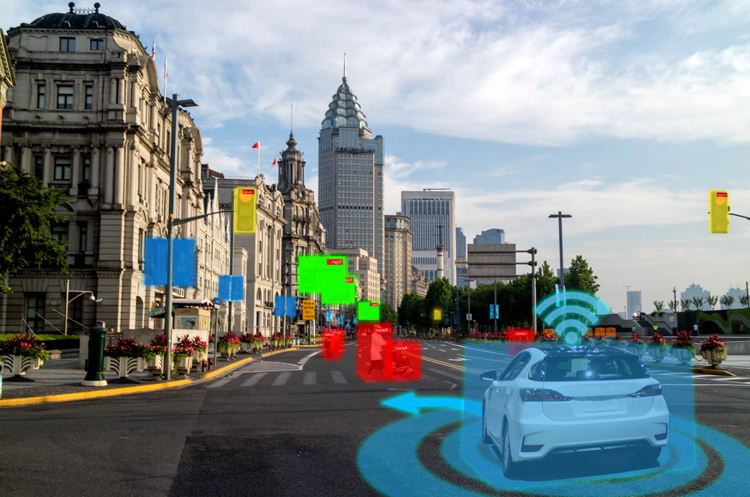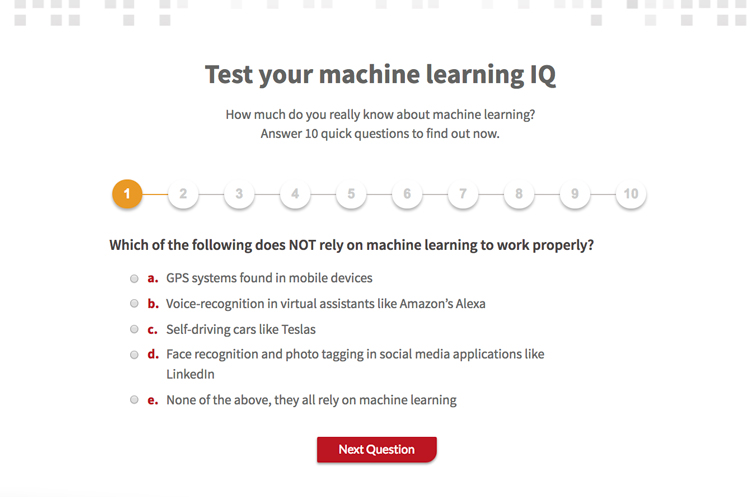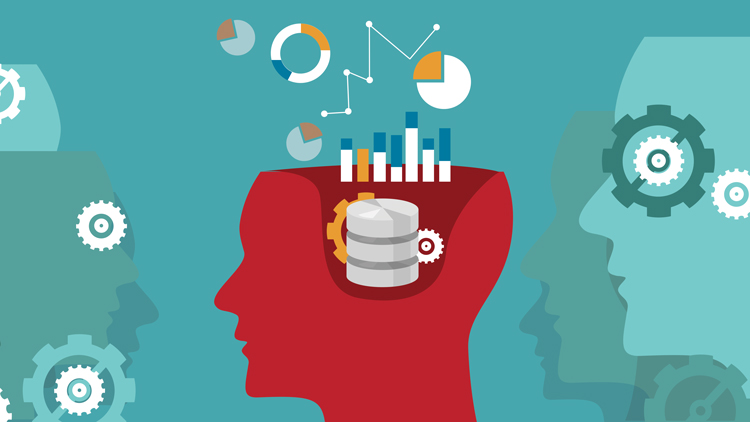So, what is machine learning?
By offering a specific set of guidelines, scientists enable machines to create their own logic, thereby developing the ability to explore and analyze data on their own. The term “machine learning” helps to define this process. Machine learning is one of the main ways artificial intelligence is created.
What makes machine learning tick?
Think of algorithms as the rules machines are instructed to follow. Initially, machines are introduced to a set of data and “asked” to begin exploring that information. This introductory set of data is called training data. Once the machine has worked through its training data, it can begin recognizing patterns and even make decisions according to specific algorithms. Some computers can even aim for specific goals and receive rewards upon meeting them. As this “learning” process evolves, computers are able to alter new inputs into outputs. These outputs might include: new data, labeled data, decisions, and more. While ultimately machines might arrive at an operations state where human intervention is no longer necessary, we’re not there yet. According to a recent report from the McKinsey Global Institute, AI techniques require models to be retrained to match potential changing conditions, so training data must be refreshed frequently. McKinsey notes that in one-third of the cases, the model needs to be refreshed at least monthly, and almost one in four cases requires a daily refresh.How is AI at work today?
AI is everywhere. It backs the speech recognition system in your smartphone, and will power the robotic vision of your self-driving car. It also drives the risk-management methods improving the security of your local bank. AI continually improves your government’s emergency response and national defense initiatives. Counting on your doctor to securely manage your health information? AI protects that data. Shopping online for that perfect product? Chances are, AI powered your chatbot customer service rep, as well as populated your search results with relevant items to purchase. Just scan the latest headlines—organizations are rapidly realizing the benefits of AI-backed systems, and incorporating them into their daily processes. Taking inspiration from the NYPD, the London Assembly police and criminal committee recently announced that implementing AI technologies would enable the addition of over 500 officers to their current ranks, as well as save up to £30 million. MIT researchers are currently developing a fully automated molecule-design process, potentially leading to faster, more consistent pharmaceutical products. AI is even getting artistic. An auction house recently planned to sell an AI-produced work of art. Crafted from an AI-powered algorithm, the canvas portrays an image based off of a dataset of 15,000 portraits painted between the 14th and 20th centuries. Whether offering AI-powered purchasing suggestions or featured insights tailored to specific shoppers, the world of retail is constantly exploring the many benefits of AI. Sephora now utilizes a chatbot that offers beauty tips to customers within a one-on-one environment. Coca-Cola recently unveiled an AI-backed vending machine that communicated with users, encouraging them to recycle via tailored “facial” expressions.
Getting started with AI
Even if you’ve yet to jump on the AI train—it’s not too late. AI has already proven to be a profitable investment, and will only continue to improve business solutions as technology advances. Since every organization is different, every AI investment strategy also varies. Ultimately, an AI investment strategy should strengthen and solve for the overall business strategy. Where could machine learning shorten product development feedback loops? How can data on customer behaviors and preferences be used to drive better, more personalized customer experiences, in real-time? How could predictive modeling refine your competitive focus? Your organization’s ML and AI will be as strong as the data you use to train it. Appen can help. With over 20 years of data expertise behind us, we’re providing high-quality training data that is used by leading global technology companies, governments, and other organizations, across a variety of data types, to help them build better machine learning-based products. We collect and annotate speech, sound, image, video, and text data to power machine learning and AI solutions. We also review and annotate data from existing products and services to evaluate content relevance and improve user experience. Want to learn more about ML and how it can transform your business? Check out our comprehensive guide and test your machine learning knowledge with our fun quiz!
—
Contact us to learn more about human-annotated data solutions for machine learning and artificial intelligence.
Want to learn more about ML and how it can transform your business? Check out our comprehensive guide and test your machine learning knowledge with our fun quiz!
—
Contact us to learn more about human-annotated data solutions for machine learning and artificial intelligence. 










